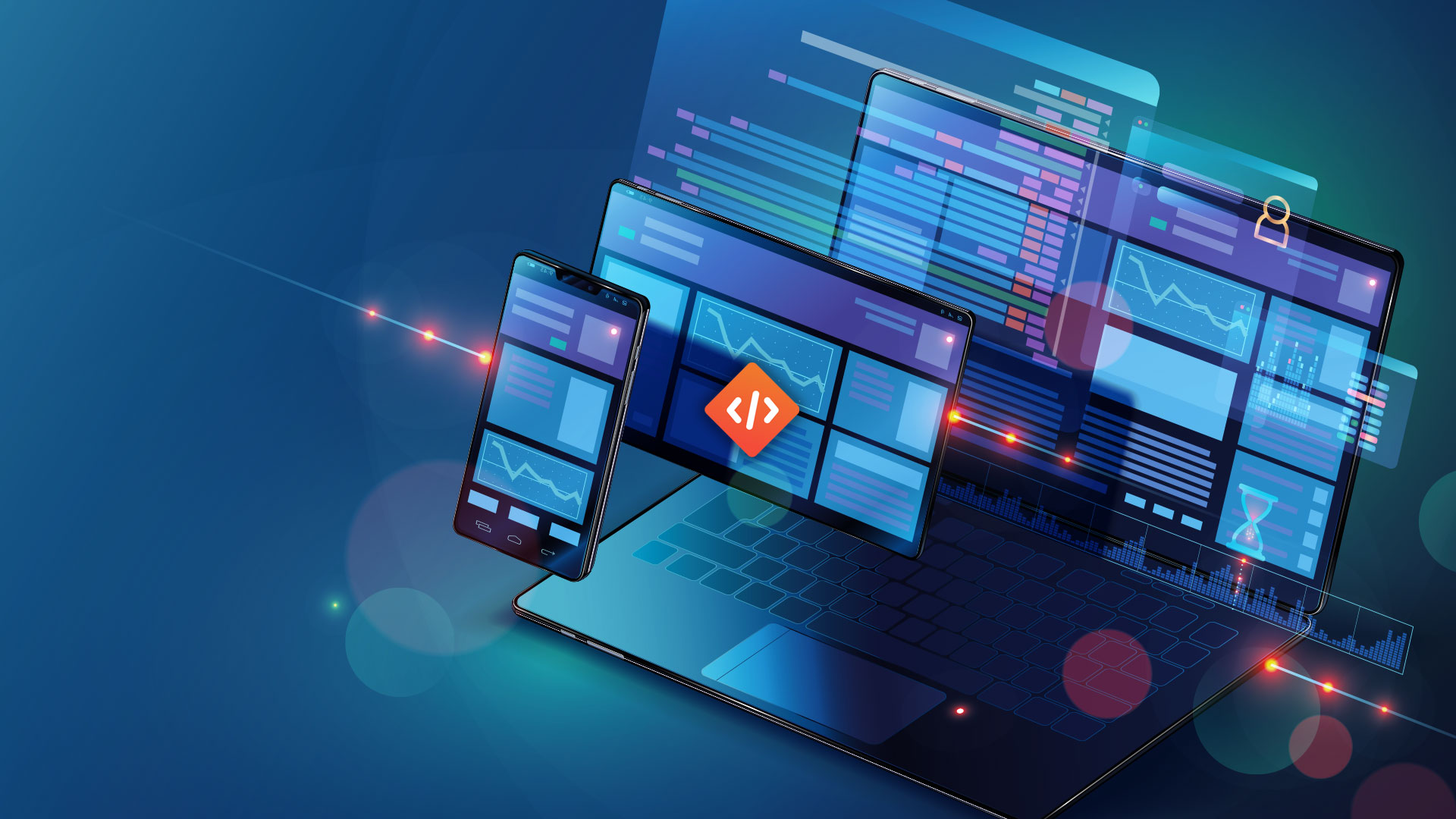Software adalah is a term that originates from the Indonesian language, where “adalah” translates to “is.” This phrase is commonly used to introduce discussions related to software. In this article, we’ll delve into the concept of software, its evolution, significance, development process, key players in the industry, challenges, and future trends. Let’s explore what software adalah encompasses and its impact on various aspects of our lives.
Understanding the Concept of Software
Software is an integral part of modern technology, serving as the backbone for digital systems and applications. It refers to a collection of programs, data, and instructions that enable computers to perform specific tasks. From operating systems to productivity tools, software encompasses a wide range of applications designed to meet diverse user needs.
Definition of Software
At its core, software comprises instructions that tell a computer how to perform certain functions. These instructions are written in programming languages such as Java, C++, Python, etc. Software can be categorized into two main types: system software and application software.
- Epson L3210
- Software Adalah
- Epson L120 Driver 【100% FREE】
- Epson L3210 Driver
- Epson L3110 Resetter【100% FREE】 Download
- Tally Education
- EPSON L3110 Driver
- Epson L3110 Resetter
- Tally ERP 9: Activation Key and Serial Number
- R⤓Download
Types of Software
System software includes operating systems, device drivers, and utility programs essential for managing computer hardware and providing a platform for running application software. On the other hand, application software refers to programs designed to perform specific tasks for end-users, such as word processors, web browsers, and video editing software.
Evolution of Software
The evolution of software traces back to the early days of computing when programmers developed rudimentary programs to automate tasks and perform calculations. Over time, advancements in technology led to the emergence of sophisticated operating systems and application software, revolutionizing how we interact with computers.
Importance of Software in Modern Life
In today’s digital age, software plays a pivotal role in virtually every aspect of our lives. From communication and entertainment to business operations and healthcare, software drives innovation and enhances efficiency across various industries. Without software, the functionality of computers and electronic devices would be severely limited.
Common Applications of Software
Software finds application in diverse fields, catering to different user needs. Some common examples include:
- Word processing software for document creation
- Web browsers for accessing the internet
- Multimedia players for audio and video playback
- Graphic design software for creating visual content
- Accounting software for financial management
Software Development Process
The process of developing software involves several stages, each essential for delivering a quality product. These stages include:
- Planning and Requirement Gathering: Identifying user needs and defining project objectives.
- Designing: Creating a blueprint for the software solution based on requirements.
- Coding: Writing and implementing the program code according to design specifications.
- Testing: Evaluating the software for bugs and ensuring functionality.
- Deployment and Maintenance: Releasing the software to users and providing ongoing support and updates.
Key Players in the Software Industry
The software industry comprises various stakeholders, including software developers, vendors, and users. Major players in the industry include multinational corporations such as Microsoft, Google, Apple, and Oracle, along with countless smaller firms and independent developers contributing to innovation and competition.
Challenges and Opportunities in Software Development
While software development presents lucrative opportunities for innovation and entrepreneurship, it also poses challenges such as:
- Technical complexity and scalability issues
- Rapid technological advancements requiring continuous learning and adaptation
- Security threats and vulnerabilities
- Regulatory compliance and legal issues
Future Trends in Software
Looking ahead, several trends are poised to shape the future of software development, including:
- Artificial intelligence and machine learning integration
- Cloud computing and virtualization
- Internet of Things (IoT) connectivity
- Blockchain technology for secure transactions
- Quantum computing for advanced problem-solving
Impact of Software on Different Sectors
Software has a profound impact on various sectors, driving digital transformation and enhancing productivity. Some notable examples include:
- Healthcare: Electronic health records and telemedicine platforms improve patient care and streamline medical processes.
- Education: E-learning software enables remote learning and personalized instruction.
- Finance: Fintech applications facilitate online banking, payments, and investment management.
- Manufacturing: Industrial automation software enhances efficiency and quality control in manufacturing processes.
Conclusion
In conclusion, software adalah encapsulates the vast and dynamic world of software technology. From its humble beginnings to its pervasive presence in modern society, software continues to evolve and shape the way we live, work, and interact with the world around us. By understanding the concept of software, its development process, key players, challenges, and future trends, we gain insight into its significance and potential impact on future innovations.
FAQs on Software Adalah
- What is the significance of software in everyday life?
- Software enables us to perform tasks efficiently, communicate effectively, and access information seamlessly, enhancing productivity and convenience in our daily lives.
- How does software development contribute to technological advancements?
- Software development drives innovation by creating new solutions, improving existing technologies, and pushing the boundaries of what’s possible in various fields.
- What are some emerging trends in software development?
- Emerging trends include artificial intelligence, cloud computing, IoT, blockchain, and quantum computing, which are poised to revolutionize how software is developed and utilized.
- Can you provide examples of popular software applications?
- Popular software applications include Microsoft Office, Google Chrome, Adobe Photoshop, Spotify, and Zoom, among others, catering to different user needs and preferences.
- What are the potential challenges faced by software developers?
- Challenges include technical complexity, security threats, rapid technological advancements, and regulatory compliance, requiring continuous learning and adaptation to stay ahead.

